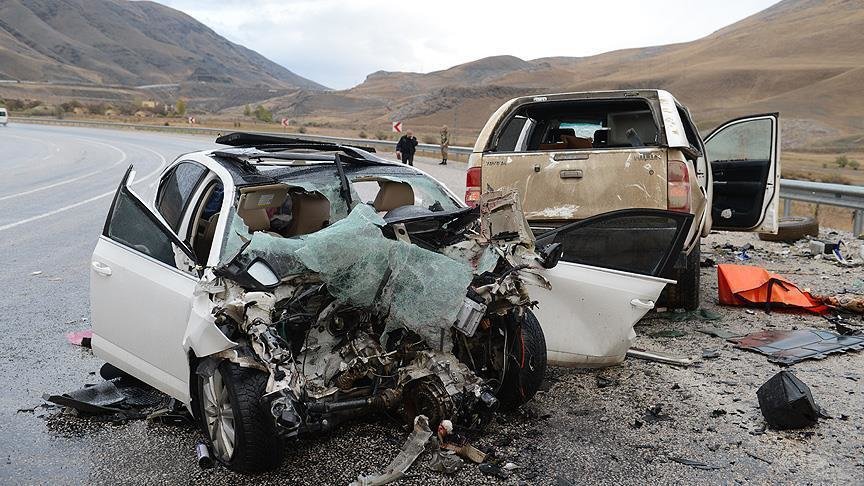‘53 died per day in road accidents last summer’

TEHRAN — Last summer, 53 individuals lost their lives on average on a daily basis in road accidents across Iran, amounting to 4,939 deaths, the traffic police chief Taqi Mehri has said.
Last year (March 21, 2017 to March 20, 2018) on average some 1,350 were killed every month while the number grew to 1,646 during the summer, indicating that 53 people died in road crashes every day, YJC quoted Mehri as saying on Sunday.
Mentioning the sharp increase in the number of road trips during summer holidays in Iran Mehri regretted the fact that in the [Iranian calendar] month of Shahrivar (August 23-September 22, 2017) alone some 1,746 died in the accidents.
Some 66 percent of the accident occurred 30 kilometers away from the cities, he said, adding that 73 percent of all accidents append in intercity roads.
Distracted driving, over speeding and carless overtaking were the cause of some 78 percent of the accidents, he explained.
The summer traffic scheme, to control road accidents and provide the victims of such incidents with proper emergency services, will kick off on June 14, a three-day holiday concurrent with Eid al-Fitr [a religious holiday celebrated by Muslims worldwide that marks the end of Ramadan], he added.
Head of Iran’s forensics organization, for his part, explained that the number fatalities increased by 1.7 percent last year compared to the same period a year before that.
While in the [Iranian calendar] year 1395 (March 2016-March 2017) some 15,532 individuals were killed in road crashes, while the number increased to 16,201 last year, Ahmad Shojaei said.
Impact of road crashes on poverty
According to the World Bank, road crashes are becoming a global health crisis and, as such, require comprehensive measures to prevent them.
Globally some 1.3 million people die on the road every year and up to 50 million suffer injuries. And overall economic costs of road crashes range from 2-5 percent of GDP in many countries.
The results of a survey on the situation in South Korea conducted by the Korea Transport Institute (KOTI) in 2013 clearly show the impact of road crashes on household income, unemployment, home ownership, divorce rate, and income gaps for surviving victims of road-crashes.
For one the survey indicates that 70.7 percent of the disabled and 27.6 percent of the non-disabled victims of road crashes experienced job losses after a traffic incident. Furthermore, 67.9 percent of the disabled and 24 percent of the non-disabled who lost their jobs remain unemployed for long periods of time.
Traffic crashes can also break up a family. Almost 37 percent of the victims of traffic accidents who suffered disabilities have experienced divorces (or separations) after a traffic crash. This is compared to a five percent divorce rate for non-victims of road crashes. Some of the reasons that couples cite for breaking up include economic difficulties and frustrations resulted from road crashes.
Therefore, it is of utmost importance to better understand the social impacts of road crashes in developing countries. And likewise it is equally important to ensure an improvement in road safety, as well as promoting a culture of safe driving around the world as a way of mitigating its negative effects on poverty reduction and economic growth.
MQ/MG
